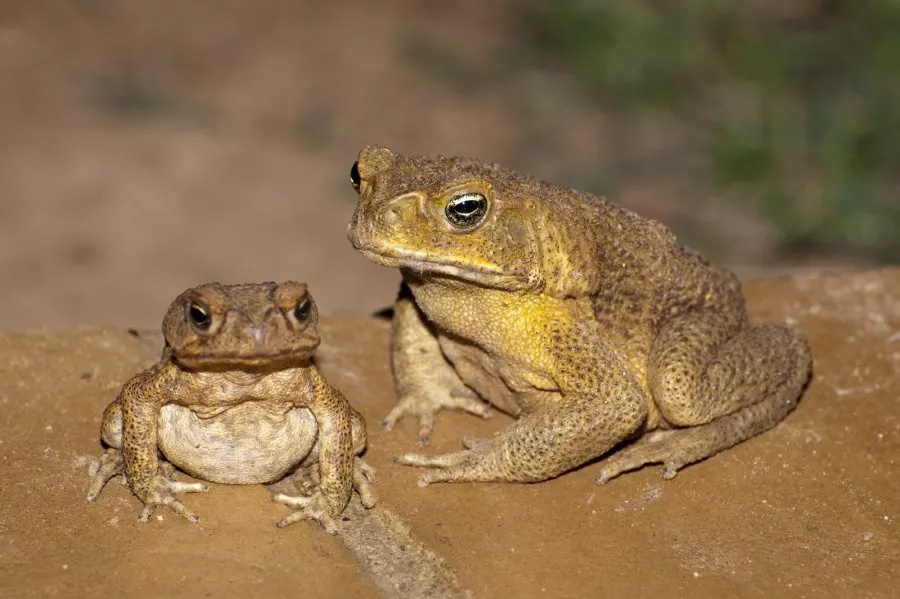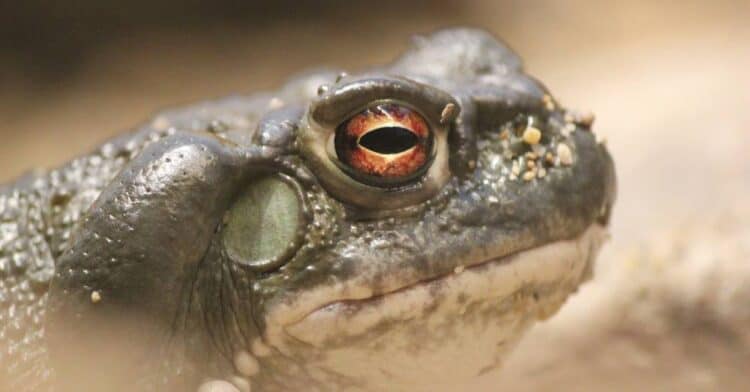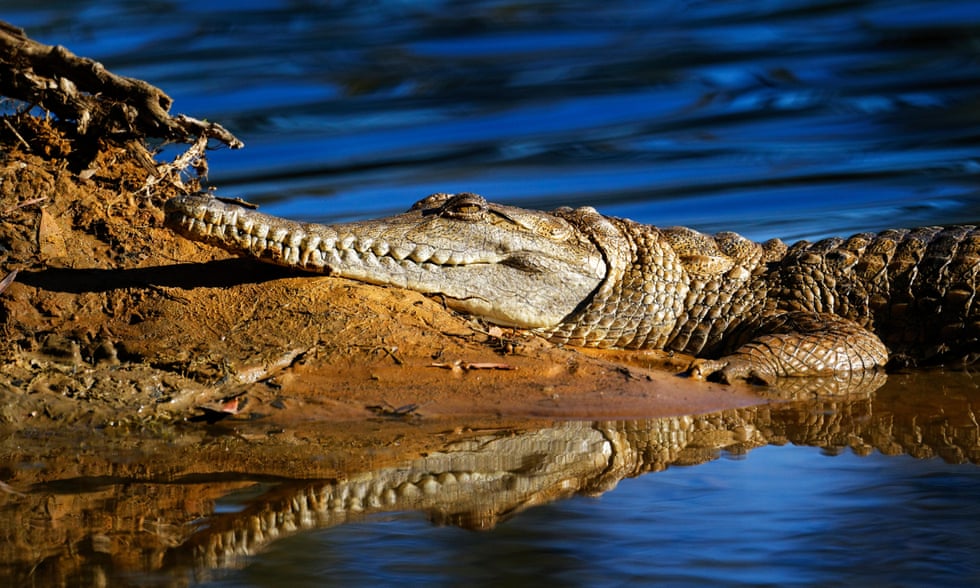Thousands of invasive toads are about to be killed by Australian locals as the annual Great Cane Toad Bust kicks off, with experts urging participants to euthanize the amphibians humanely using the “cool-and-freeze” method.
The Bust, organized by environmental group Watergum, is due to start on January 13 and will last a week. Australian residents from across the country are encouraged to capture and kill as many cane toad adults, tadpoles and adolescents as possible.
This event is hoped to make a dent in the vast population of the invasive cane toad, which has plagued Australia and its native wildlife for decades.
Cane toads are a voracious invasive species in Australia, first arriving on its shores nearly 100 years ago. They have since spread across the country, threatening many of Australia’s native animals.
“Cane toads are very large frogs, brought to Australia in 1935 to eat beetles that were a pest of commercial sugar cane. The toads were useless for beetle control, but spread across the tropics,” Rick Shine, a professor of evolutionary biology and cane toad expert at Macquarie University in Sydney, told Newsweek.
“They have very powerful poisons to discourage animals from trying to eat them, and so the spread of toads has caused massive mortality of large native predators such as quolls, crocodiles, snakes and lizards. Cane toads are also invasive in several other countries, but most of these places have some kind of native toad, whereas Australia does not. As a result, Australian predators have not evolved to deal with the toxins of toads,” he said.
There are now thought to be around 200 million of these toads across Australia. They can reproduce rapidly: a single cane toad female can produce up to 70,000 tadpoles every year and live up to the age of 15, according to Watergum invasive species officer Nikki Tomsett.
Tomsett advises those participating in the Bust to kill the toads they capture using the “cool-and-freeze,” which is thought to be the least painful way to euthanize the animals. In previous years, people have been known to kill the toads by whacking them with gold clubs or cricket bars or even running them over with cars.
“Our learning and our knowledge have evolved since the days of cane toad golf,” Tomsett told ABC Radio Brisbane. “It’s important to treat all animals humanely. Cane toads have to be removed, and it’s not their fault they’re here.”
The cool-and-freeze technique places the toad in a fridge for 24 hours, sending them into torpor, after which they can be moved to a freezer, which will kill them without any pain. A 2015 paper in the journal Biology Open—co-authored by Shine—reported no pain signals being recorded in the brains of the toads undergoing this process.

Up to 50,000 cane toads have been killed in only a week during previous Great Cane Toad Bust years, with hopes that this year can also carve out a chunk of the invasive population.
“Culling can have a short-term effect, but to really reduce toad numbers, we need to stop them from breeding,” Shine said. “So far, tadpole-trapping seems to be the most powerful method. It is based on our discovery that toad tadpoles are cannibals and are attracted to toad poisons that ooze out of eggs—and so we can use the poisons as bait in traps to catch the cannibal tadpoles.”
This article by Jess Thomson was first published by Newsweek on 10 January 2024. Lead Image: Stock image of a cane toad. The invasive toads will be culled across Australia in a week-long Great Cane Toad Bust. ISTOCK / GETTY IMAGES PLUS.
What you can do
Help to save wildlife by donating as little as $1 – It only takes a minute.







Leave a Reply